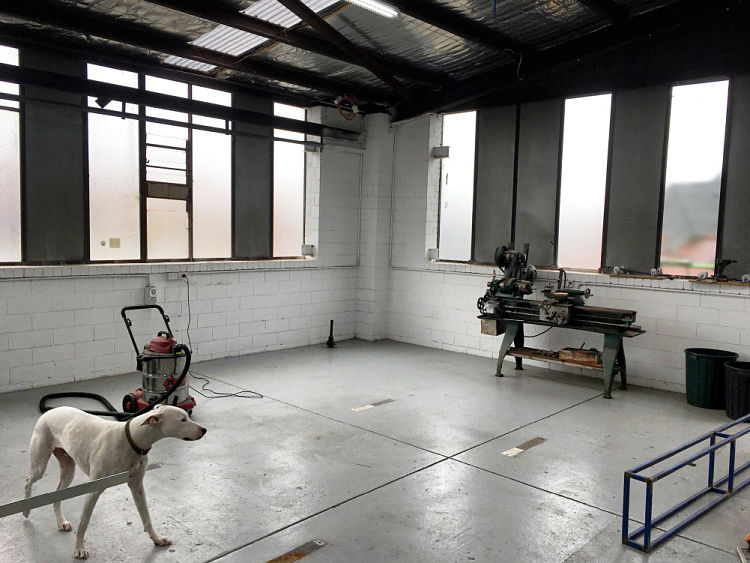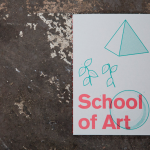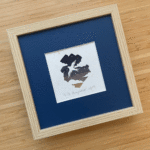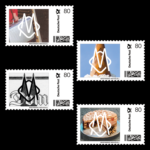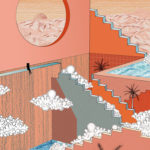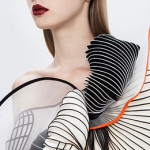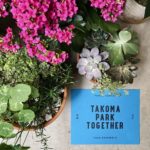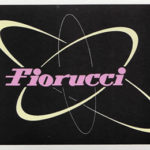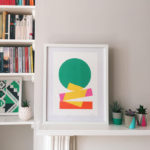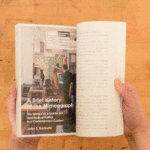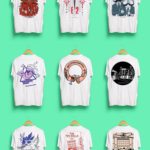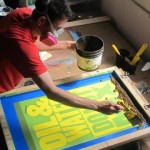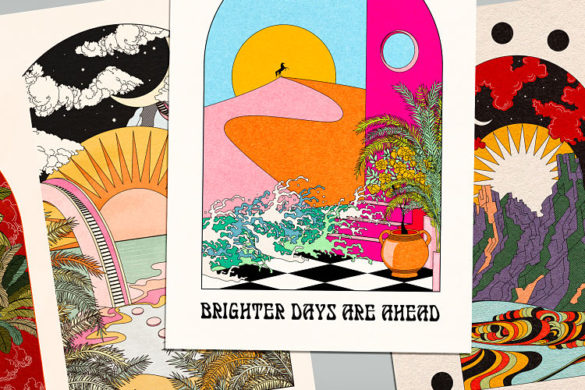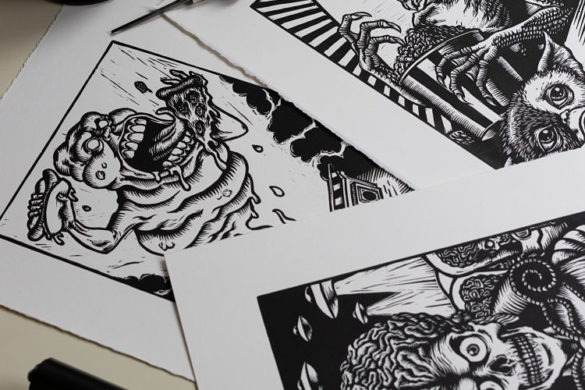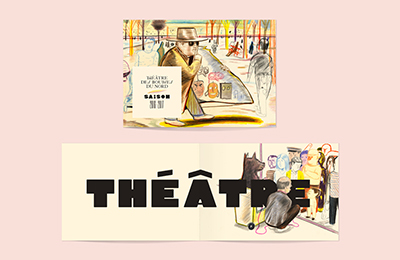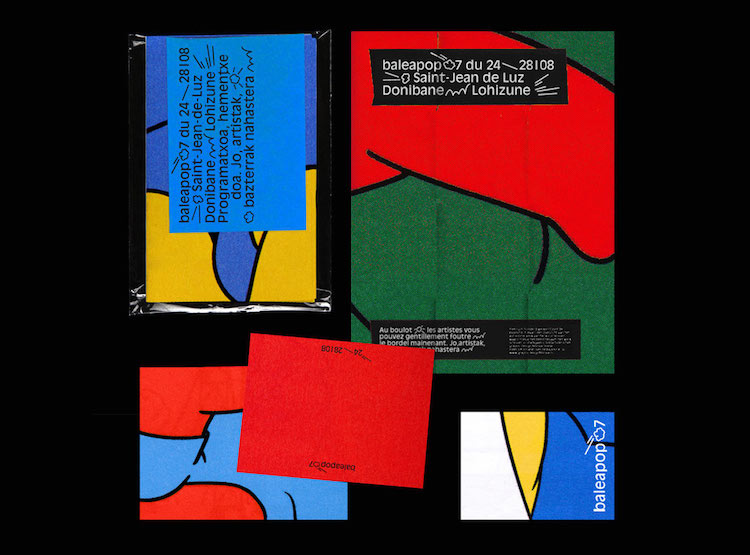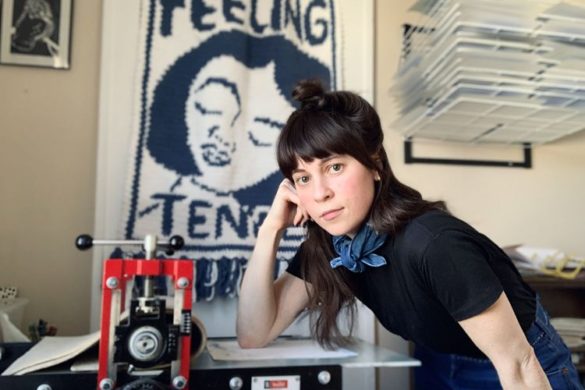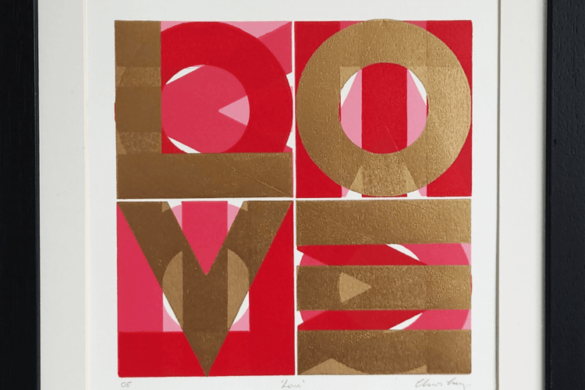Based in Melbourne, Australia, Catch Wreck Printmakers specialise in water-based fine art silkscreen printing for artists, designers, illustrators, and artisan projects for commercial and corporate clients. James Thornton, a printmaker and graphic artist, is the sole trader and face behind the studio. In 2019, after years of experience at some of Melbourne’s top screen printing institutions, James started his own tiny but mighty print studio. Catch Wreck Printmakers proudly use only sustainable inks, chemicals, and processes, working collaboratively with each client to develop limited edition reproductions of their original works. James recently relocated the studio to a brand new space in a welding warehouse. Below, he tells us all about his journey, the trials and tribulations, and offers advice for anyone considering developing a screen printing studio.
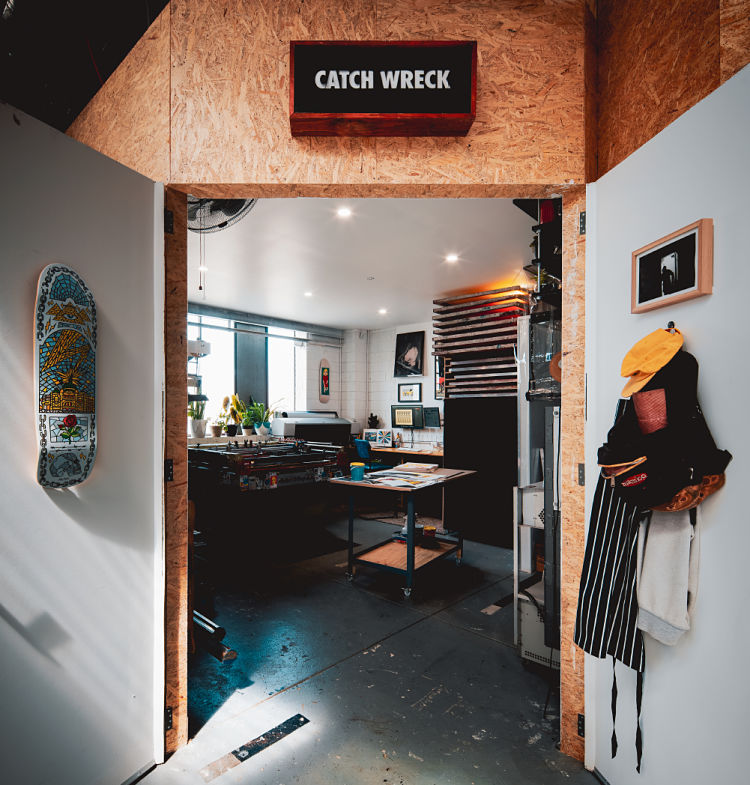
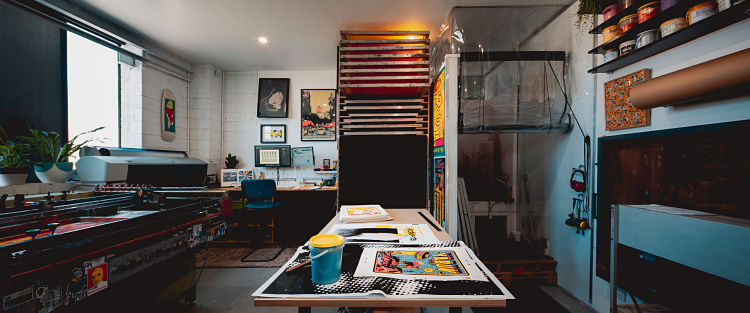 Building a screen printing studio from scratch in a 6m by 5m corner of a welding warehouse definitely posed some challenges. I had very specified plumbing requirements, needed to connect separate electrics and 3 phase power, and run compressor air lines to the machine, least of all construct the room itself!
Building a screen printing studio from scratch in a 6m by 5m corner of a welding warehouse definitely posed some challenges. I had very specified plumbing requirements, needed to connect separate electrics and 3 phase power, and run compressor air lines to the machine, least of all construct the room itself!
But it also meant I had the ability to customise every inch of space available to me. I had to really think about what was essential for the process and after that I could add the bells and whistles. Little things like attaching LED lights to my screen coating stand so I can check for pin holes etc after exposure without having a big lightbox table in the room taking up space, wall mounted industrial tape dispensers are honestly my favourite thing in the studio along with the magnetic spatula bars. The goal was to make sure that every surface is utilised in a productive and functional way. I also installed humidity controllers and temperature gauges in the screen drying cabinet to keep it within the optimum climate range, plus 4 adjustable computer fans to maintain the correct air circulation when drying my screens.
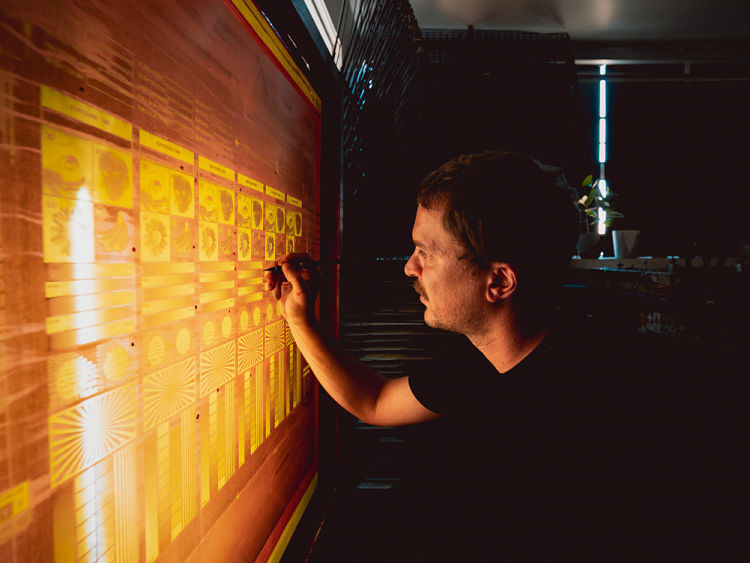
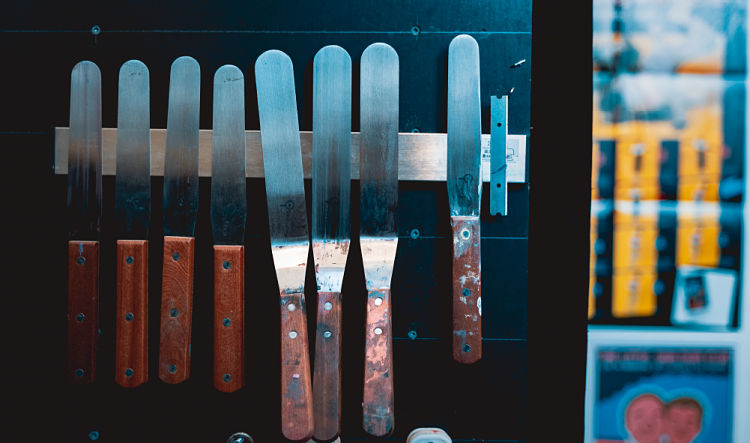 The space can switch into dark room/exposure room mode, seal up as a wash room, house the huge screen drying cabinet, print my large format films and host drying rack space for approx 300 medium sized prints and 150 over- sized prints. Working within a confined space has really forced me to streamline every aspect of the process, for example everywhere I’ve worked in the past there’s always been a vacuum getting in the way around the exposure unit and so I installed the vacuum up in the ceiling with just the hose coming through the suspended ink shelving, just a little thing that adds to the rhythm of the studio and frees up space to move.
The space can switch into dark room/exposure room mode, seal up as a wash room, house the huge screen drying cabinet, print my large format films and host drying rack space for approx 300 medium sized prints and 150 over- sized prints. Working within a confined space has really forced me to streamline every aspect of the process, for example everywhere I’ve worked in the past there’s always been a vacuum getting in the way around the exposure unit and so I installed the vacuum up in the ceiling with just the hose coming through the suspended ink shelving, just a little thing that adds to the rhythm of the studio and frees up space to move.
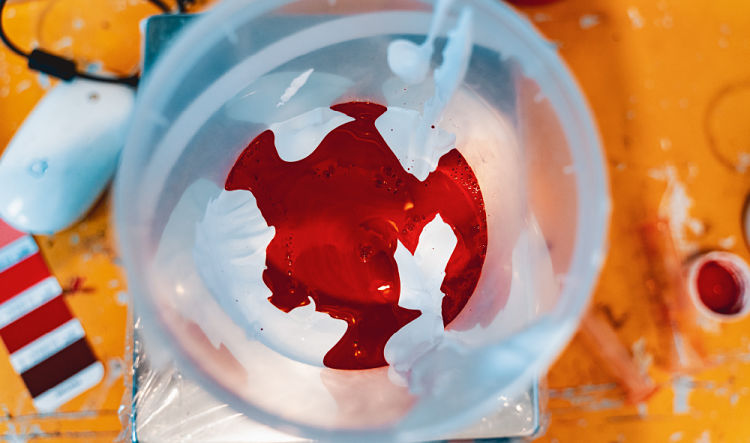
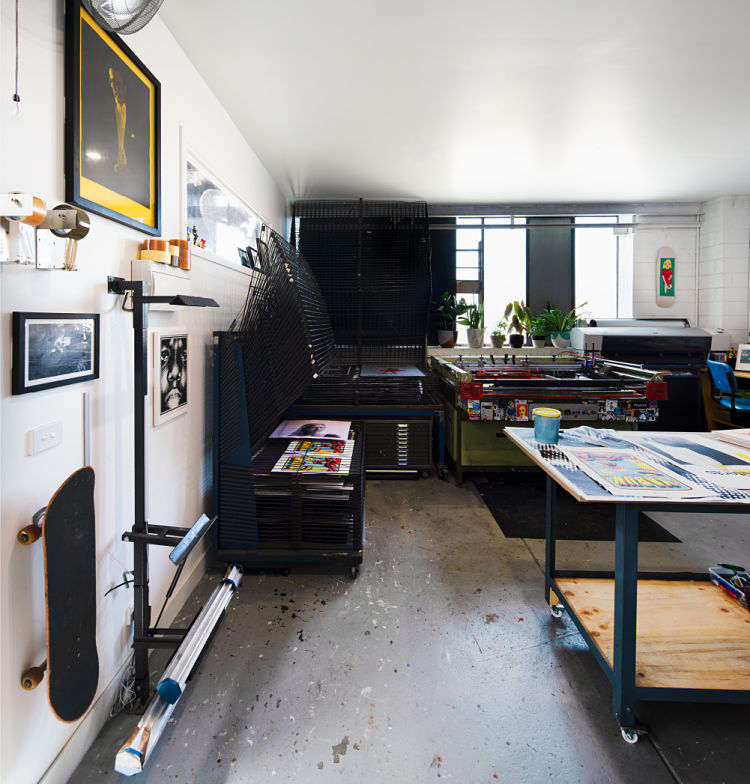 While initially thinking the limited space would be a hindrance it’s actually been a blessing as everything I need is at my fingertips, no more carrying screens from the machine to the washroom because it’s literally behind me. The washroom can be totally sealed off from the rest of the space and all the walls and ceiling are lined with waterproof vinyl so it’s easy to maintain keep clean. With limited wall space I needed somewhere to be able to experiment and make art for myself as well, so over time my double doors have evolved into an artboard of test prints, textures and layers.
While initially thinking the limited space would be a hindrance it’s actually been a blessing as everything I need is at my fingertips, no more carrying screens from the machine to the washroom because it’s literally behind me. The washroom can be totally sealed off from the rest of the space and all the walls and ceiling are lined with waterproof vinyl so it’s easy to maintain keep clean. With limited wall space I needed somewhere to be able to experiment and make art for myself as well, so over time my double doors have evolved into an artboard of test prints, textures and layers.
The little things make it all so functional and I see that as a parallel to print making itself. Everything needs to work in unison – it’s such a hands-on process and that’s what makes every job so unique!
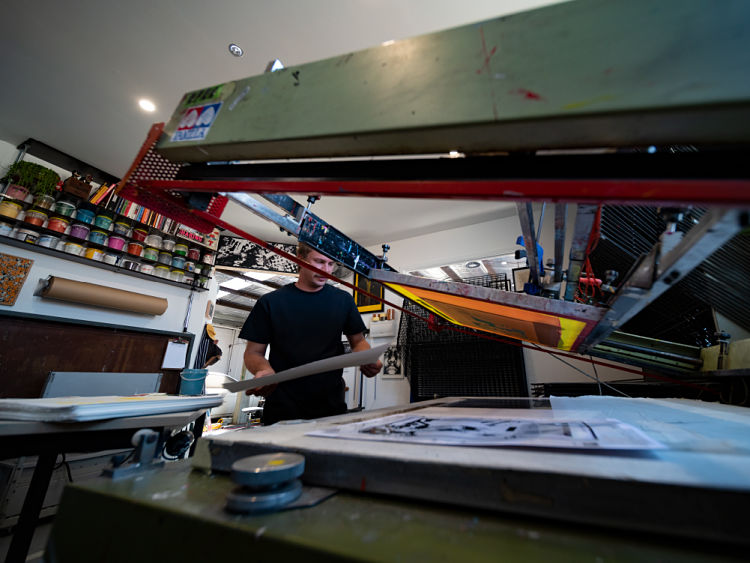 @catchwreck_printmakers
@catchwreck_printmakers
www.catchwreck.com.au
You might like...
- Tim Belonax |All Of My Mistakes Have Led Me To You - April 26, 2024
- The Humber Printmaker - April 25, 2024
- Horizons by Angus Vasili - April 24, 2024

